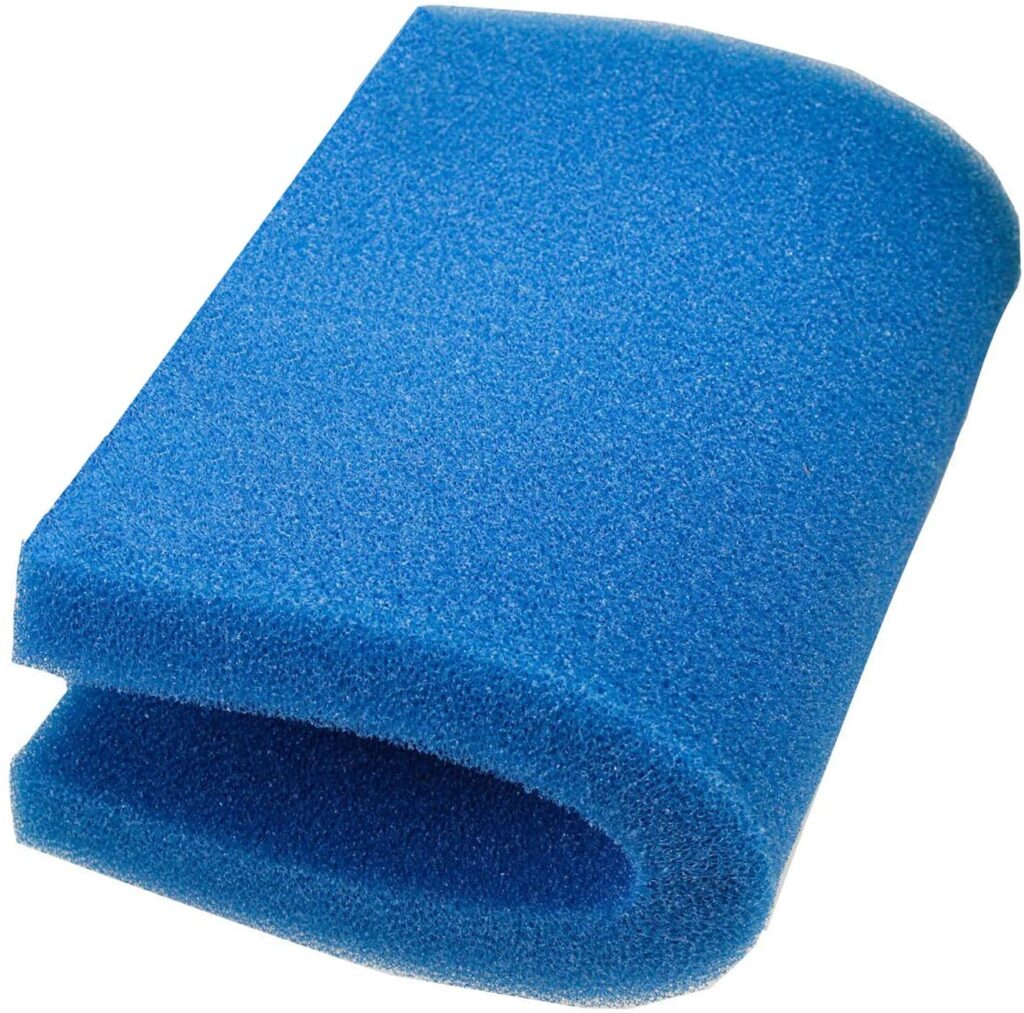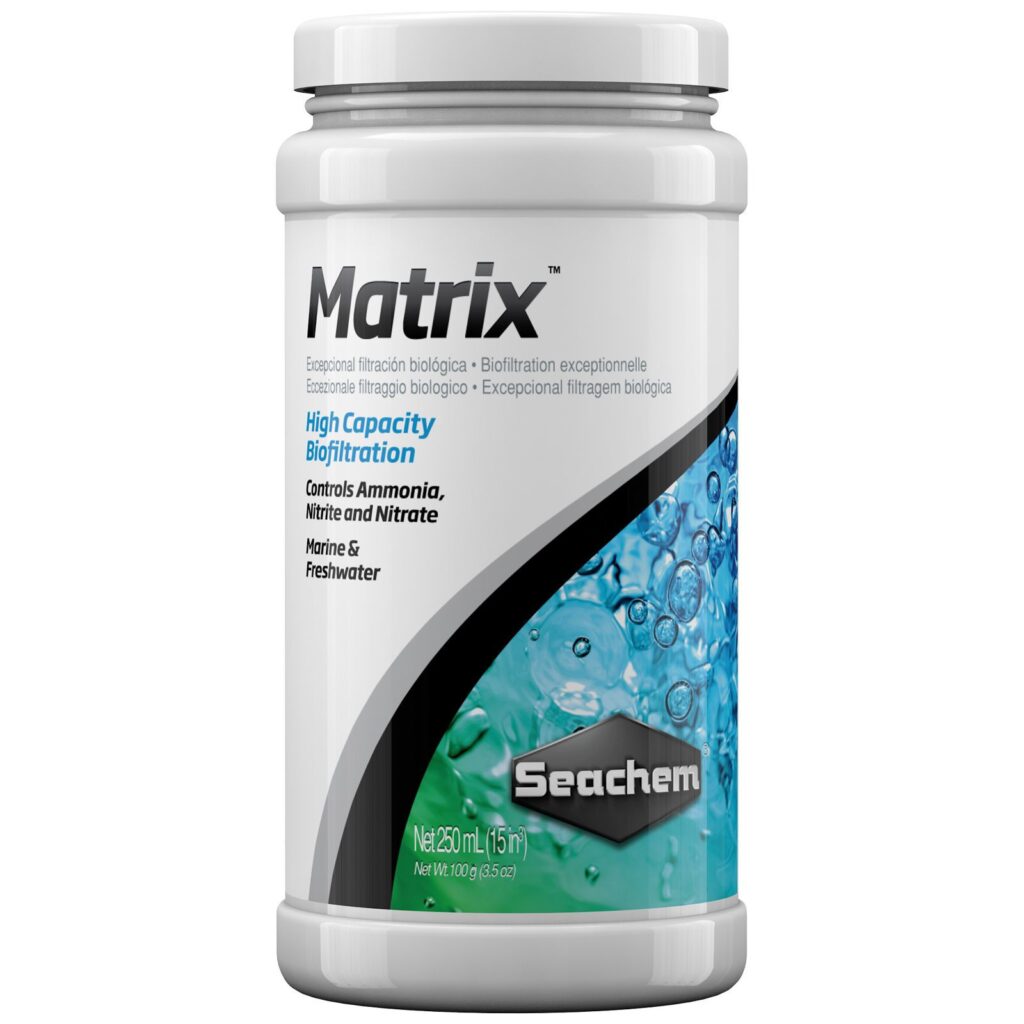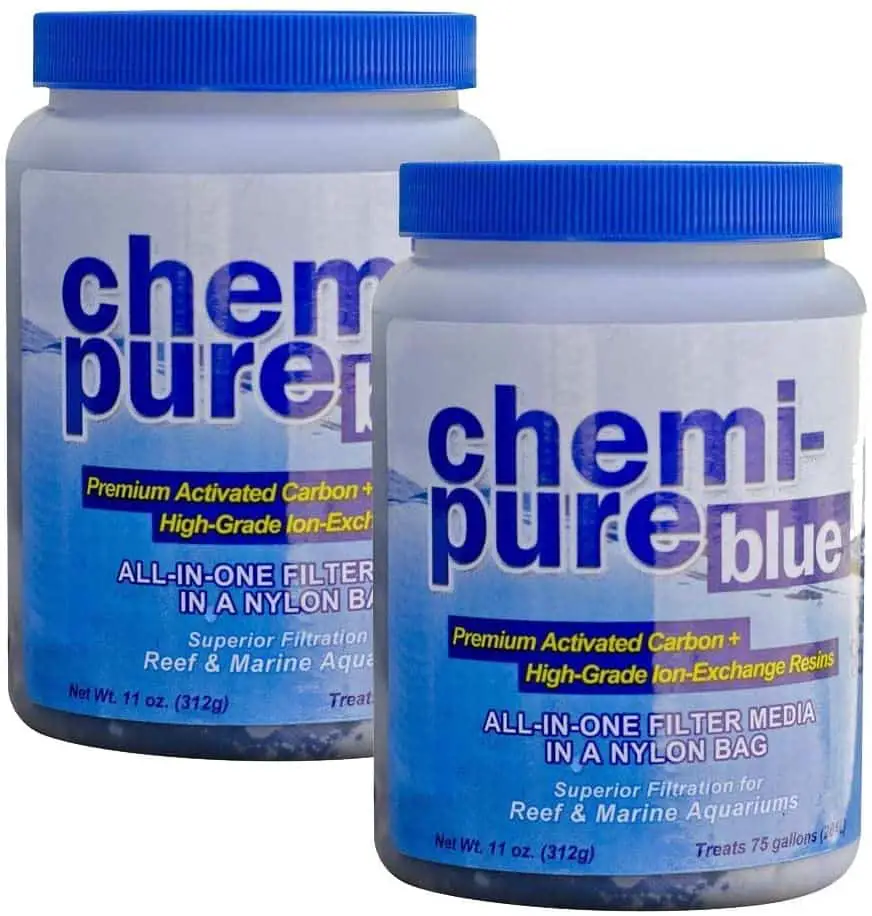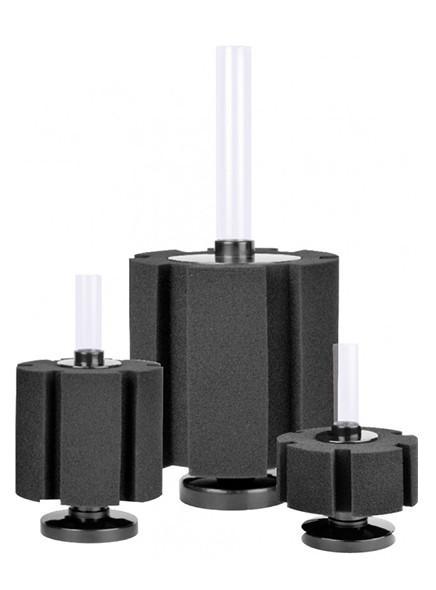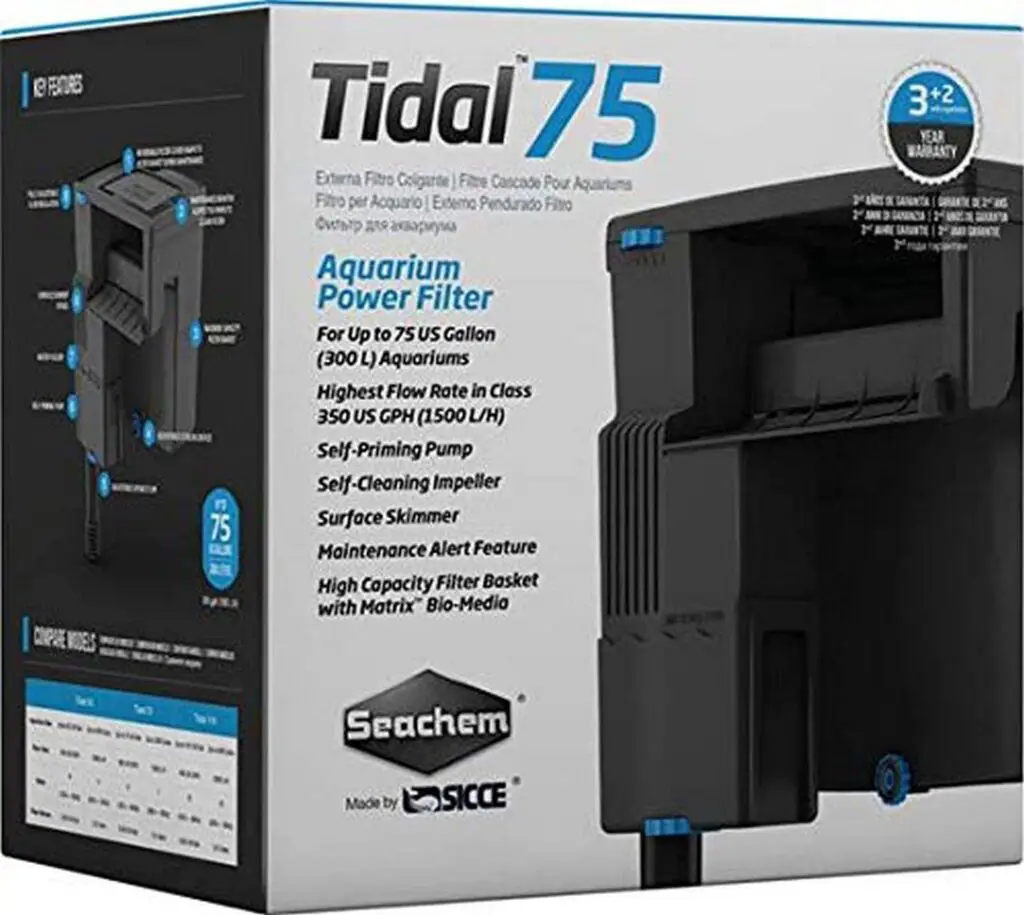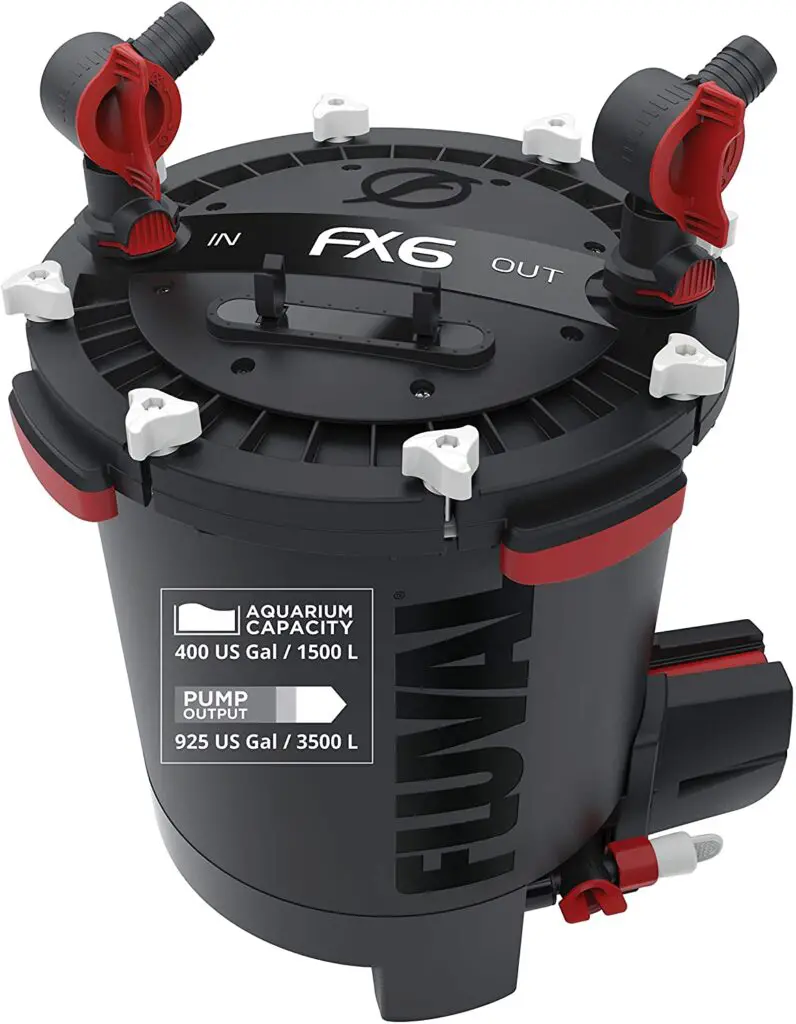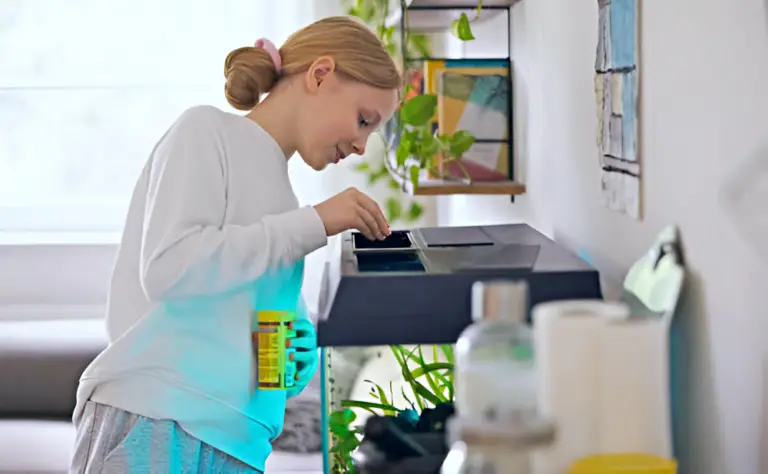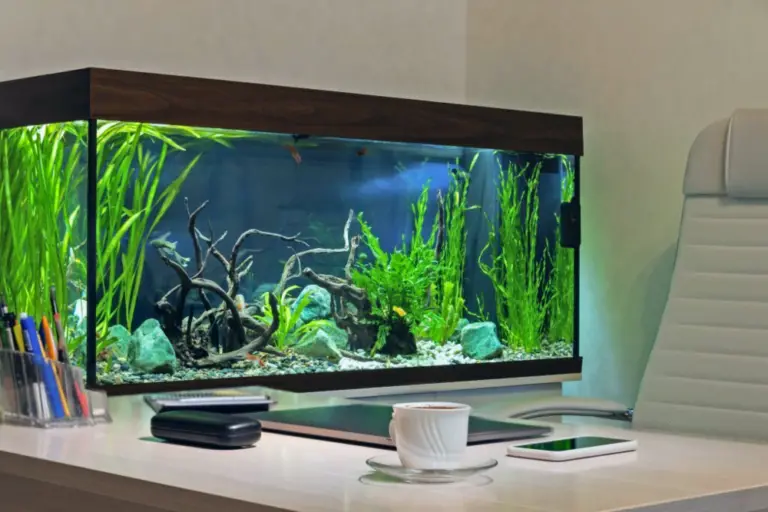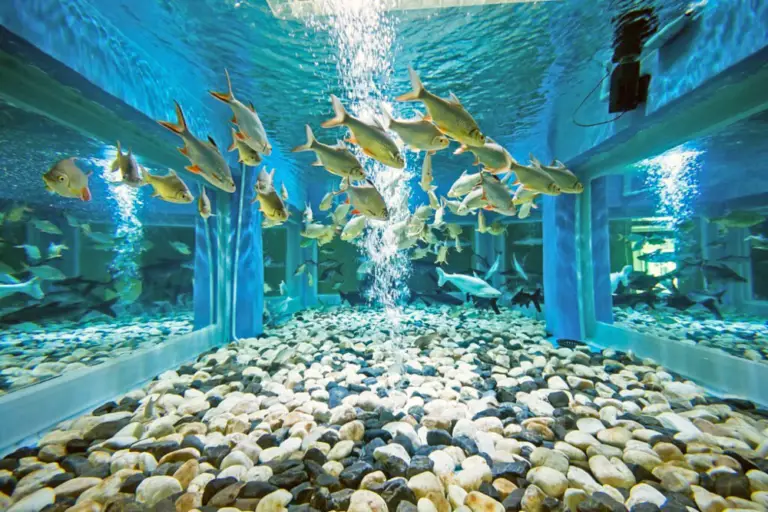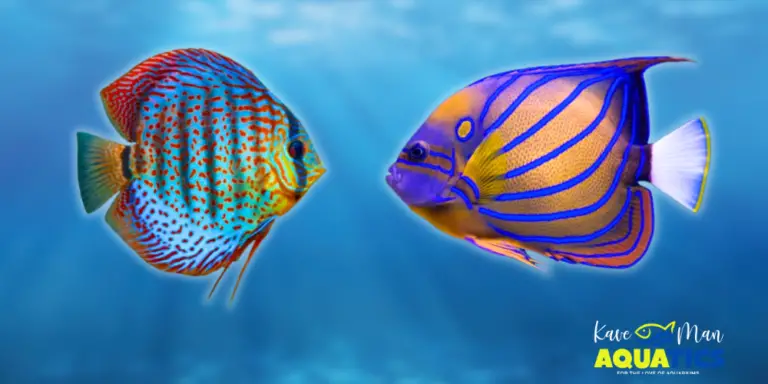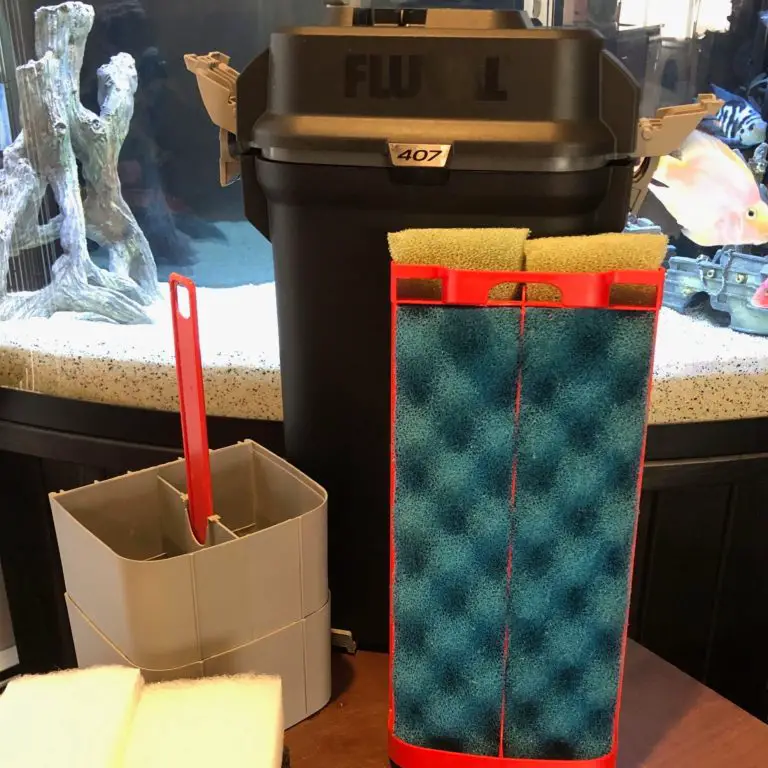Aquarium Filters 101: A Complete Beginner Guide
Aquarium filters are known as the “heart” of the tank. They are a crucial part of a fully functional and balanced tank. As a new fishkeeper, the topic of filters can be overwhelming with the vast amounts of aquarium filter types, brands, and sizes. How do you decide on which filter is best for you?
Well, you first need to understand the basics of aquarium filters in order to make an informed decision. In this article, we’ll explain how aquarium filters work, the types of filtrations, and the types of filters you can use.
What are Aquarium Filters?
Aquarium filters are critical components for both freshwater and marine tanks. Aquarium filters remove the nasty physical and soluble chemical waste products from tank water – simplifying maintenance.
You can scrub your life away and do numerous water changes, but to keep your aquarium free of toxins and other substances, you’ll need help. This is where filters come in.
How do Aquarium Filters Work?
Okay. now that we know how important aquarium filters are, the actual mechanics of how they work may be unclear.
To put it in simple terms, an aquarium filter works by pushing water through various types of filtration media. There are three types of filtration media – mechanical, biological, and chemical media.
Each filtration media has its own specific purpose and operates differently. But ultimately, they all serve the same purpose: trap debris, remove toxins, keep parameters stable, and create a flow in your aquarium.
Types of Filtration
Mechanical Filtration
Mechanical filtration has a more simple process. Mechanical filtration act as a physical barrier and aquarium waste trapper. Particles and other substances floating around in your tank get caught by the filter. This helps clean the tank and aerate the water.
Specific mechanical filtration media include sponges, foam, filter wool, and other matting. Often, a mechanical filtration system contains multiple stages of filtration. The biggest particles are first caught by sponges, and the mesh of the next sponges keeps getting finer and finer, capturing the smaller particles.
With that said, out of sight does not mean out of your aquarium… Mechanical filtration is not designed to break down the waste, it simply collects. Regular filter, and occasional filtration media, cleaning is important. If you leave the trapped waste in your filter, your fish’s health will suffer.
Biological Filtration
Biological filtration is achieved by passing water over a medium rich in beneficial bacteria. The beneficial bacteria convert ammonia to nitrite and then to nitrate. Sounds familiar? It’s the nitrogen cycle.
In other words, biological filtration enhances the nitrogen cycle. If you want to know more about the nitrogen cycle and the role of beneficial bacteria, make sure to read our article that’ll give you a simple explanation of the aquarium nitrogen cycle.
Thus, biological filtration creates a suitable environment for beneficial bacteria to thrive. Beneficial bacteria can be found on all your surface areas in your aquarium (glass, substrate, rocks, etc.) but mainly in your filter.
So, the more surface area you have, the more beneficial bacteria will grow. Enter biological filtration media such as bio-balls and ceramic rings.
Chemical Filtration
Chemical filtration is the process of removing dissolved organics in the water. Your aquarium can harbor all sorts of chemicals such as chlorine, extra proteins and nutrient buildup. Specific materials are used in chemical filtration which absorbs these harmful particles.
Since mechanical filters are hardly effective against waste that has dissolved into the water, chemical filtration can be useful. Odors and discolorations are usually eliminated with this kind of filtration as well.
Chemical filter media include activated carbon and zeolite. Activated carbon help remove chlorine and chloramine, dissolved proteins, tannins from bogwood, bad odor and medications. Whereas zeolite effectively removes ammonia from your water.
Please keep in mind that chemical filtration requires regular maintenance. Due to the chemical filter media absorbing harmful chemicals, you need to replace your chemical filter media regularly to keep the harmful chemicals from releasing back into your water.
Types of Aquarium Filters
Sponge Filters
Sponge filters are the most simple and most affordable type of aquarium filter. Due to their simple design, sponge filters are easy to install and maintain.
Sponge filters consist of an air pump, airline tubing, and the sponge filter itself. As air is pumped, the air bubbles naturally rise to the surface and water is forced to flow through the sponge material.
These types of filters can be installed in almost any tank, but they are more suitable for smaller tanks (up to 20 gallons). Though, there are larger units available for larger tanks. And since fish are less likely to be sucked into a sponge filter, they are popular for fry tanks.
Read this article where I explain all you need to know about sponge aquarium filters or watch the video below.
Hang-On-Back Filters
Hang-on-back (HOB) filters are also known as power filters. HOB filters are usually clipped on the back of the tank and use a few types of filtration media. They pack a lot of strength and efficiency – making it a popular filter choice among fish keepers.
HOB filters pull water from the tank through a pump, flow the water through different sections of filtering media, and then return the filtered water to the tank through a spout.
These types of filters can be installed into all tank sizes, Seachem makes them in a variety of sizes. This filter is perfect for both beginner and experienced fish keepers.
Read this article on HOB Filters basics or Watch the video below.
Canister Filters
Canister filters are one of the most discrete, yet powerful, types of external filters. This filter is hidden and placed below an aquarium. Like HOB filters, they are a powerful filter system and create powerful water flow. Also a popular filter option.
A water intake is installed in the aquarium and water is pulled into the canister (which holds the filtration media). The water then flows through a series of chambers, which includes mechanical, biological, and chemical filtration media. Once the water passes through the filtration media, it flows back up to the aquarium through a tube.
Canister filters are mainly designed for larger aquariums (from 50 to 200 gallons). So naturally, canister filters are more expensive and require more maintenance than HOB and sponge filters.
Read this article on Fluval FX6 canister aquarium filters’ media setup. or watch the video below.
Which Filter is Best for Your Tank?
Let’s start by saying that each fish and tank have their specific requirements. Consider this when you’re choosing aquarium filters. Here are a few considerations that will help you decide on the perfect aquarium filter for you:
Current strength
Some fish like low currents and other fish like stronger currents. Finding a filter model that allows for adjustable current settings will be your best bet! You want to be able to change the flow of water to suit your fish.
Tank size
Aquarium filters should also suit the size of your tank. It’s simple. Small tanks, small and simple filters. Big tanks, big and strong filters. Getting the correct filter size will save you time and money. So, don’t choose indiscriminately.
Simplicity
Aquarium filters are necessary for all tanks. No one wants to install a filter that is complicated to set up, nobody got time for that! You want a model that will allow access to media cartridges. You should be able to change them fast.
Display vs breeding
What type of tank do you have? Is it a display tank or a breeding tank? For display tanks, your best aquarium filter options are HOB or canister filters as they won’t steal away any attention away from your beautiful aquascape. For breeding tanks, a simple sponge filter will work just fine as your fragile fry won’t get sucked in or bombarded with a strong current.
But overall, your filter should be convenient, efficient, and allow for multiple methods of filtration.
Conclusion
That was a mouthful! We hope that you feel more comfortable with aquarium filters. It’s crucial that you know how a filter works, and what the types of filtration and filters there are. A quality filtration system keeps your water oderless, and clean, and creates a thriving environment for your fish friends.


